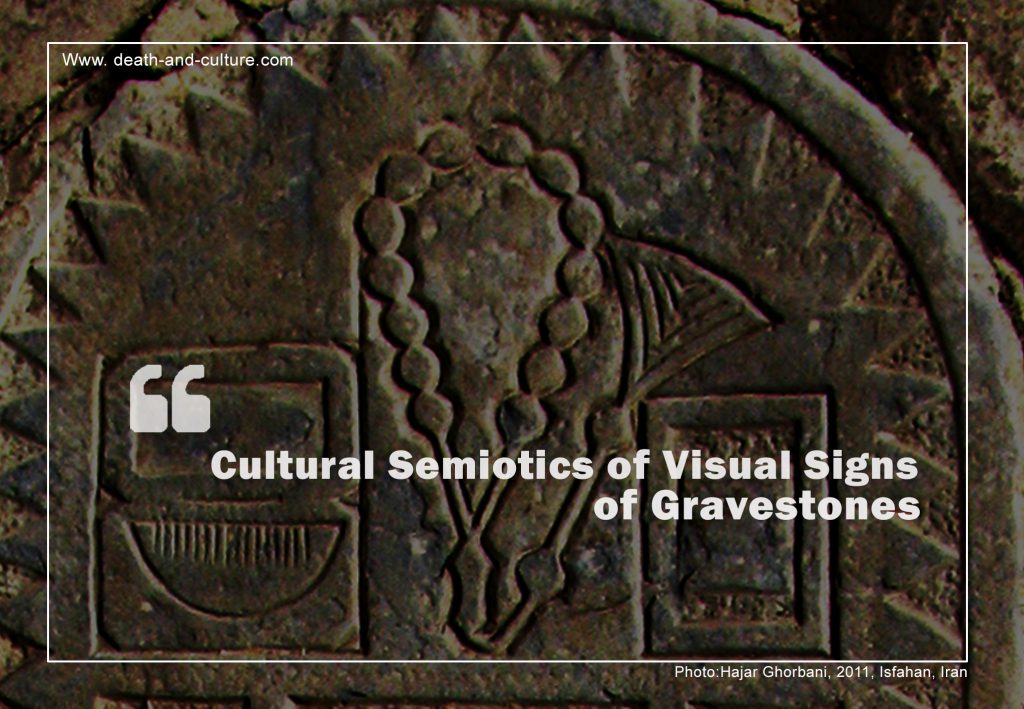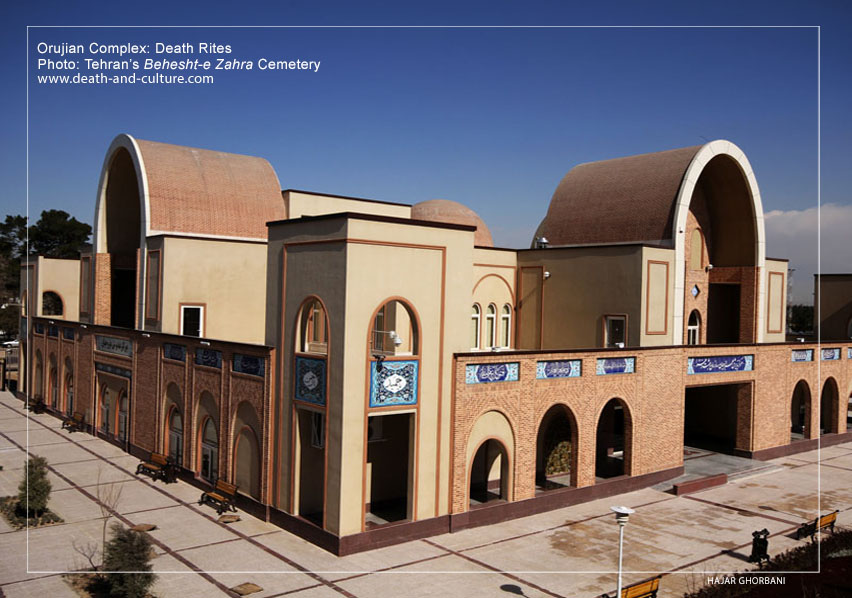
This paper (presentation) is a part of my fieldwork in Isfahan Takht-e Fulad cemetery in 2011. The Takht-e Foulad cemetery is located in Isfahan and the south of Zayandeh-rood River. This cemetery took its power from the Safavid dynasty, which was a Shiite dynasty. [Azimi, 1379 AP., p.193]. The gravestones in Takht-e Fulad are of three kinds: horizontal or horizontal box and flat, mast and horizontal beside each other) Moreover, it is divided into two main parts (surrounded by Takaya and open.). The signs on the gravestones in this cemetery can be divided into two signs, including visual signs and textual signs. By observing Read more…
